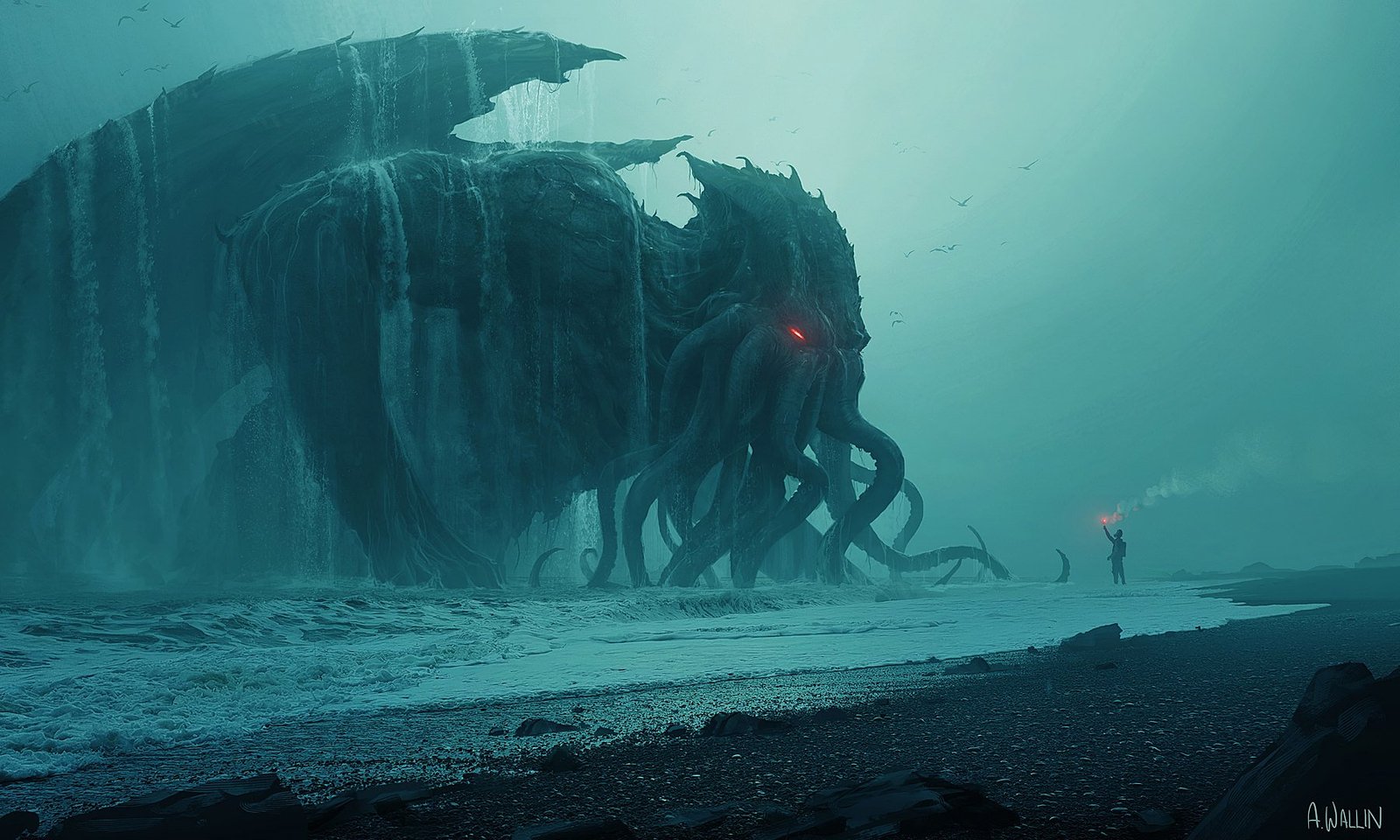
Cthulhu Mythos: Exploring Lovecraft’s Cosmic Horror
Welcome to the dark and unsettling world of H.P. Lovecraft’s Cthulhu Mythos. This vast and interconnected web of stories, creatures, and cosmic entities has captivated readers for generations, offering a chilling glimpse into the insignificance of humanity in the face of unfathomable cosmic forces.
At the heart of Lovecraft’s mythos lies the idea that there are ancient, otherworldly beings that existed long before the dawn of human civilization – beings that possess powers and knowledge far beyond our comprehension. These “Great Old Ones,” as they are known, are not simply monsters to be vanquished, but rather indifferent forces of nature that care little for the affairs of mortal men.
The Origins of the Cthulhu Mythos
The Cthulhu Mythos began with Lovecraft’s 1919 short story, “Dagon,” which introduced readers to the first inklings of this vast and unsettling cosmology. In the story, a former naval officer recounts his harrowing experience of being stranded at sea and stumbling upon a nightmarish, otherworldly landscape – a vast, fetid swamp that seems to have been thrust up from the depths of the ocean.
As the man explores this alien environment, he comes face-to-face with a colossal, tentacled creature that he can scarcely comprehend. This encounter shatters the man’s grip on reality, leaving him forever changed by the revelation of forces that exist beyond the boundaries of the known world.
Lovecraft would go on to expand upon this initial concept in subsequent stories, weaving together a tapestry of interconnected tales that explored the themes of cosmic insignificance, the fragility of human reason, and the unspeakable horrors that lurk in the shadows of our reality.
The Great Old Ones and the Cthulhu Mythos
At the heart of the Cthulhu Mythos are the Great Old Ones – a pantheon of ancient, otherworldly entities that predate the existence of humanity. These beings, such as Cthulhu, Yog-Sothoth, and Azathoth, are not simply monsters to be vanquished, but rather cosmic forces that exist beyond the comprehension of the human mind.
As one of Lovecraft’s most ardent fans explains, “these beings are so alien, so far removed from our reality, that even their names are approximations – the closest our vocal cords can come to reproducing the sounds of their true, unknowable identities.”
The Great Old Ones are not inherently evil, nor do they seek to actively harm humanity. Rather, they exist in a state of indifference, uncaring of the affairs of mortal men. Their mere presence, however, is enough to shatter the fragile constructs of human reason and sanity, leaving those who encounter them irrevocably changed.
The Necronomicon and the Mythos
One of the most iconic elements of the Cthulhu Mythos is the Necronomicon – a legendary tome of occult knowledge that is said to contain the secrets of the Great Old Ones. This fictional book, which appears in numerous Lovecraft stories, is often described as a forbidden and dangerous text, one that can unlock the door to unspeakable horrors.
The Necronomicon is not merely a plot device, however. It serves as a tangible representation of the vast and unknowable nature of the Cthulhu Mythos. As Lovecraft himself wrote, “the Necronomicon is a thing of terror… a book that should never be read, save by the most courageous and the most learned.”
Through the Necronomicon, Lovecraft was able to weave together the various strands of his mythos, creating a sense of interconnectedness and depth that added to the overall sense of cosmic dread. The book, with its arcane symbols and eldritch rituals, became a gateway into a world that was both alluring and utterly terrifying.
The Influence of the Cthulhu Mythos
The impact of Lovecraft’s Cthulhu Mythos cannot be overstated. It has become a cornerstone of modern horror and science fiction, inspiring countless authors, filmmakers, and artists to explore the themes of cosmic horror and the insignificance of humanity.
One of the most notable examples of the mythos’ influence can be seen in the work of author August Derleth, who, after Lovecraft’s death, sought to expand and formalize the Cthulhu Mythos. Derleth’s efforts to categorize the various entities and elements of the mythos, such as the creation of the “Elder Gods” and the association of the Great Old Ones with the four classical elements, have become integral to the way the mythos is understood and interpreted by modern audiences.
But the Cthulhu Mythos has also transcended the written word, finding its way into various other media. From the iconic H.P. Lovecraft Historical Society’s audio dramas to the numerous video games and tabletop roleplaying systems that have been inspired by the mythos, the influence of Lovecraft’s cosmic horror can be seen in every corner of popular culture.
Conclusion
The Cthulhu Mythos of H.P. Lovecraft stands as a testament to the power of the human imagination to confront the unknown and the unknowable. Through his stories, Lovecraft has given us a glimpse into a universe that is both awe-inspiring and utterly terrifying, a world where the very foundations of reality are threatened by the presence of ancient, cosmic forces that care nothing for the affairs of mortal men.
Whether you’re a longtime fan of Lovecraft’s work or a newcomer to the world of cosmic horror, the Cthulhu Mythos offers a rich and endlessly fascinating exploration of the darkest corners of the human experience. So, if you’re ready to take the plunge into the depths of the unknown, join us as we delve further into the unspeakable terrors of the Cthulhu Mythos.
Explore the origins of the Cthulhu Mythos in Lovecraft’s early stories like “Dagon”
Discover the enigmatic and indifferent Great Old Ones that lie at the heart of the mythos
Uncover the secrets of the Necronomicon, the legendary tome of occult knowledge
Trace the enduring influence of the Cthulhu Mythos on modern horror and science fiction
So, are you ready to face the unspeakable terrors of the Cthulhu Mythos? Then join us as we explore the depths of Lovecraft’s cosmic horror, where the boundaries of reality are forever blurred, and the true nature of the universe is revealed to be far more terrifying than we could ever imagine.
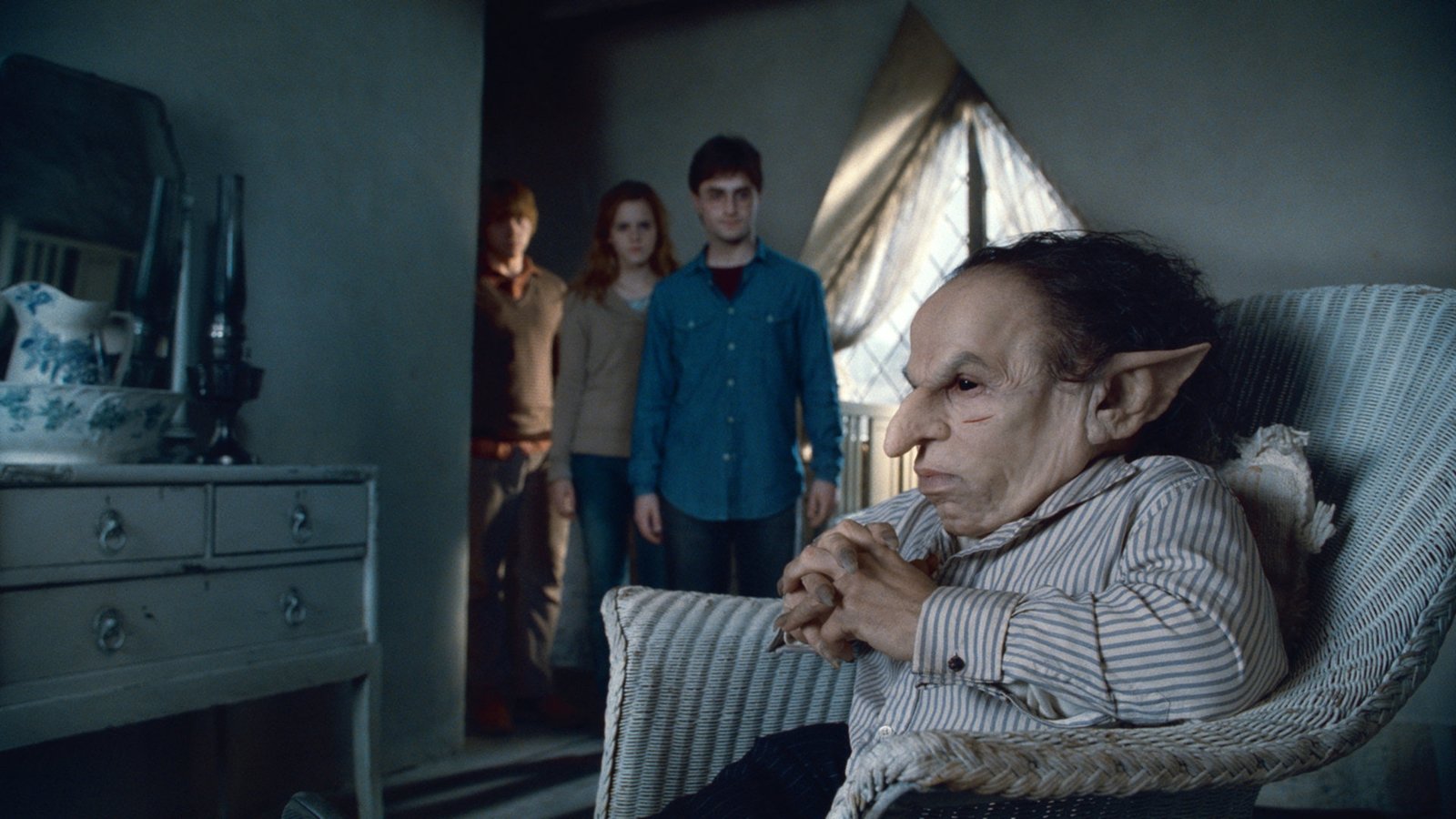
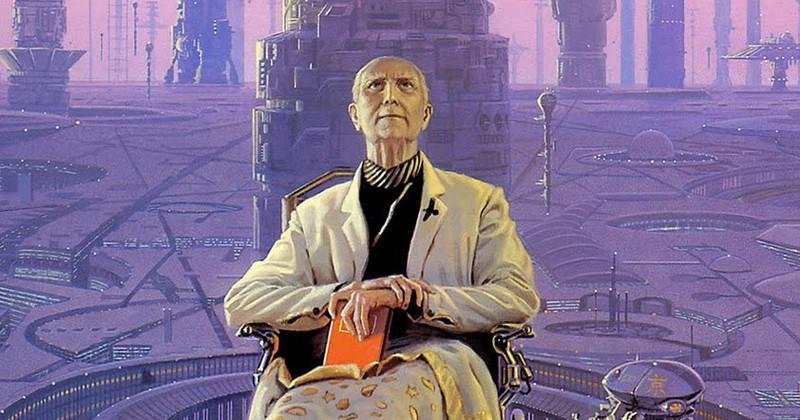
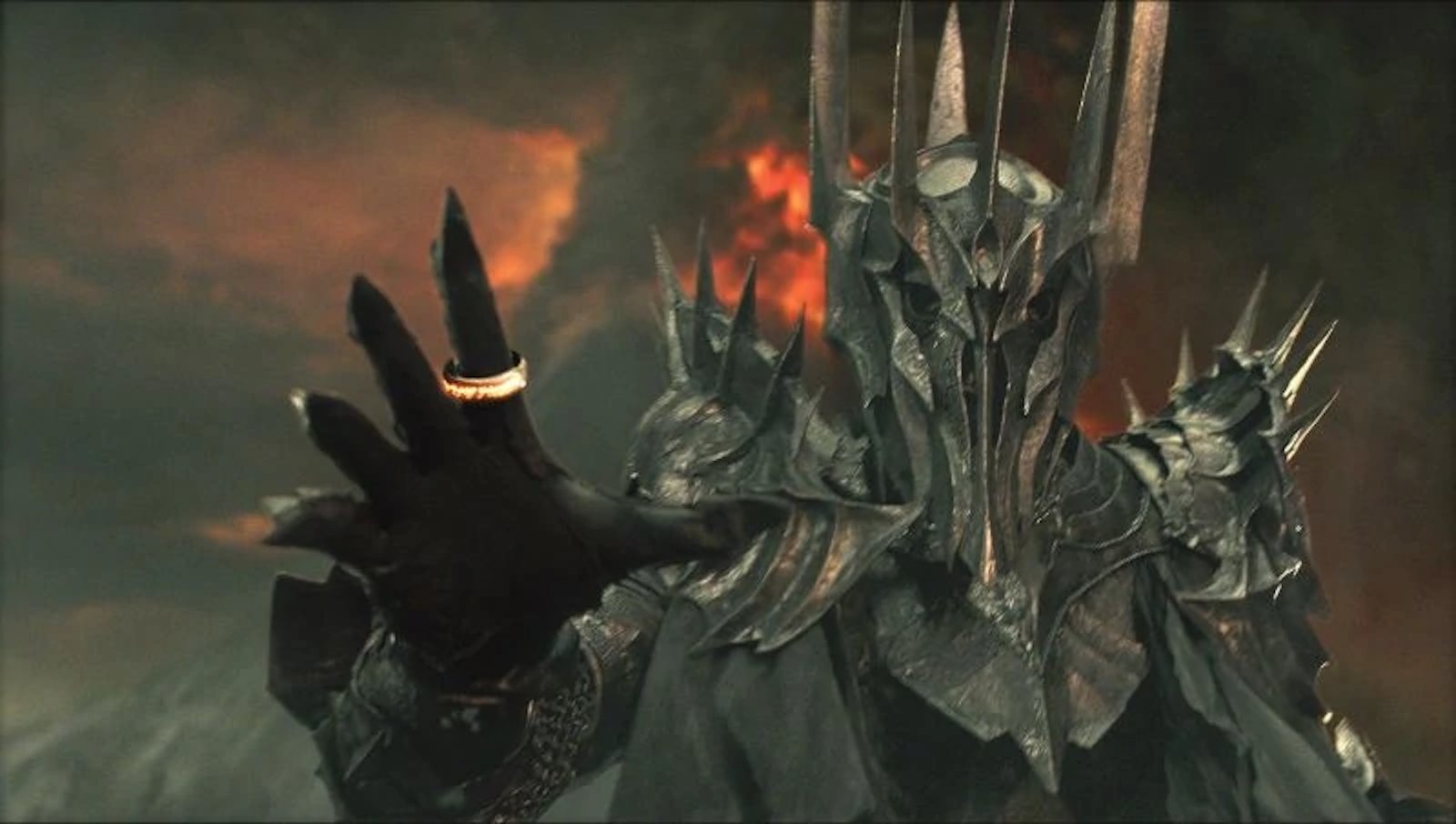






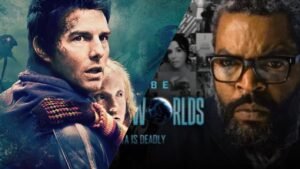



Publicar comentário